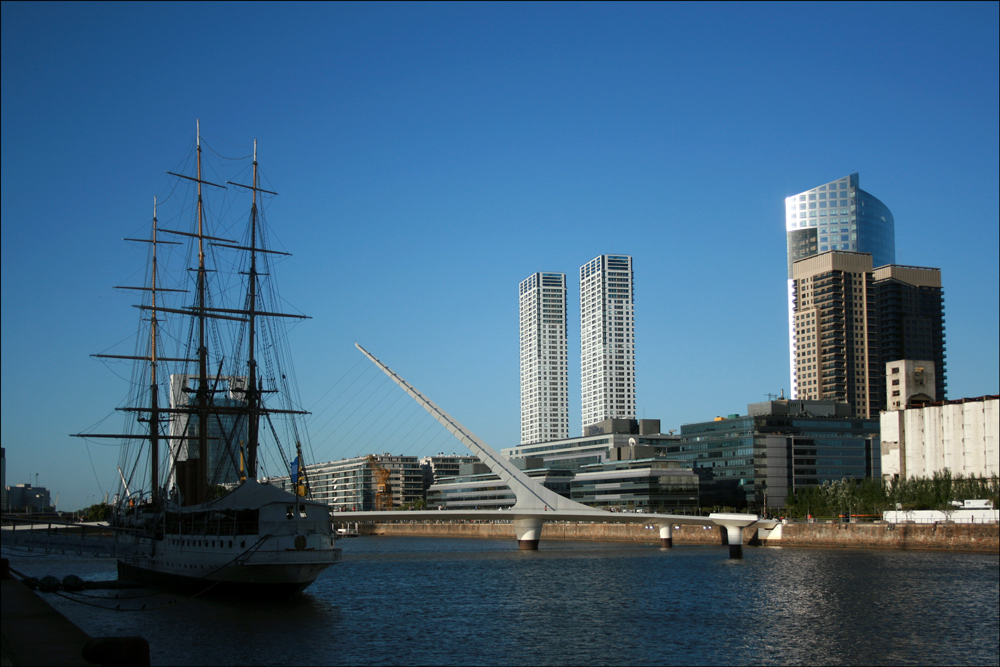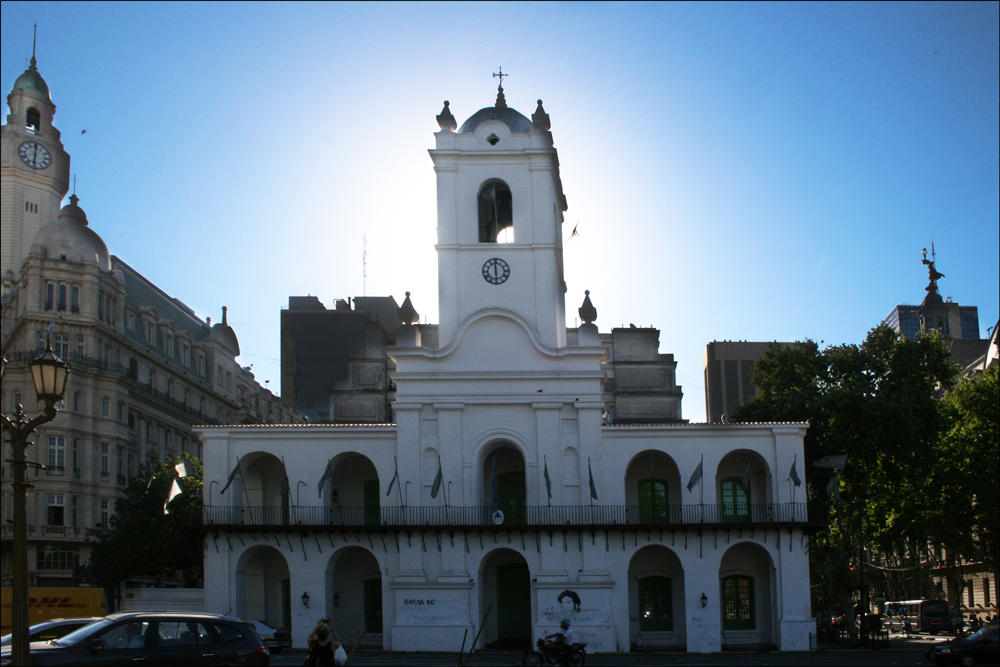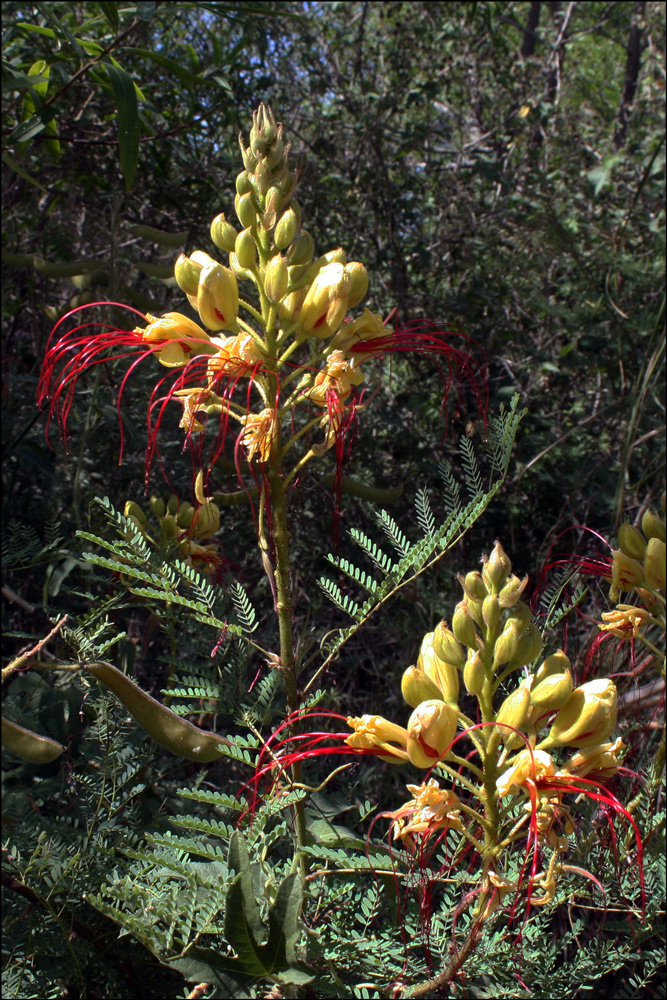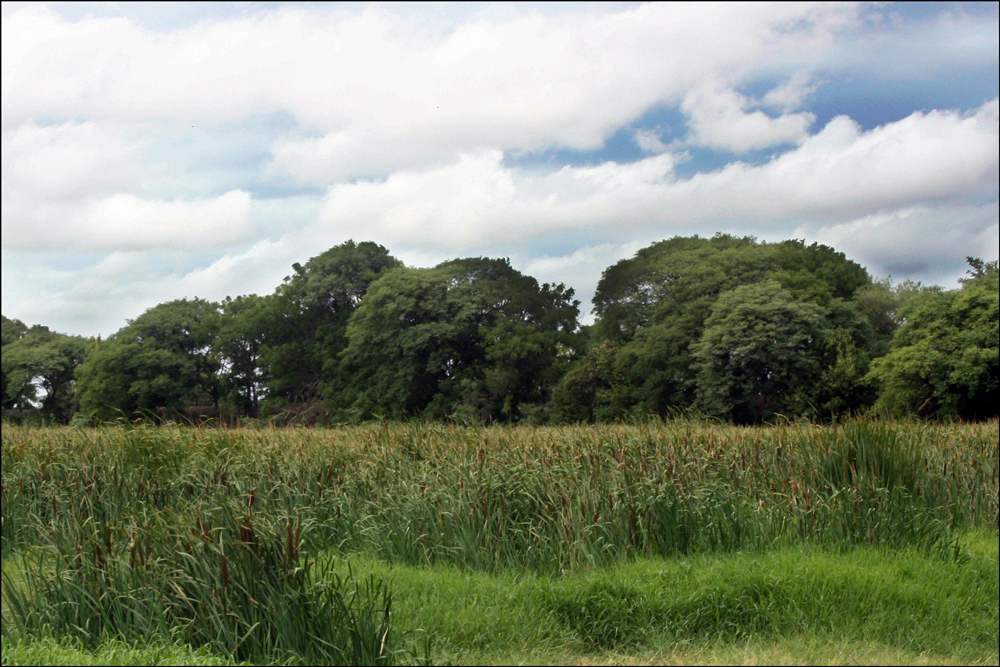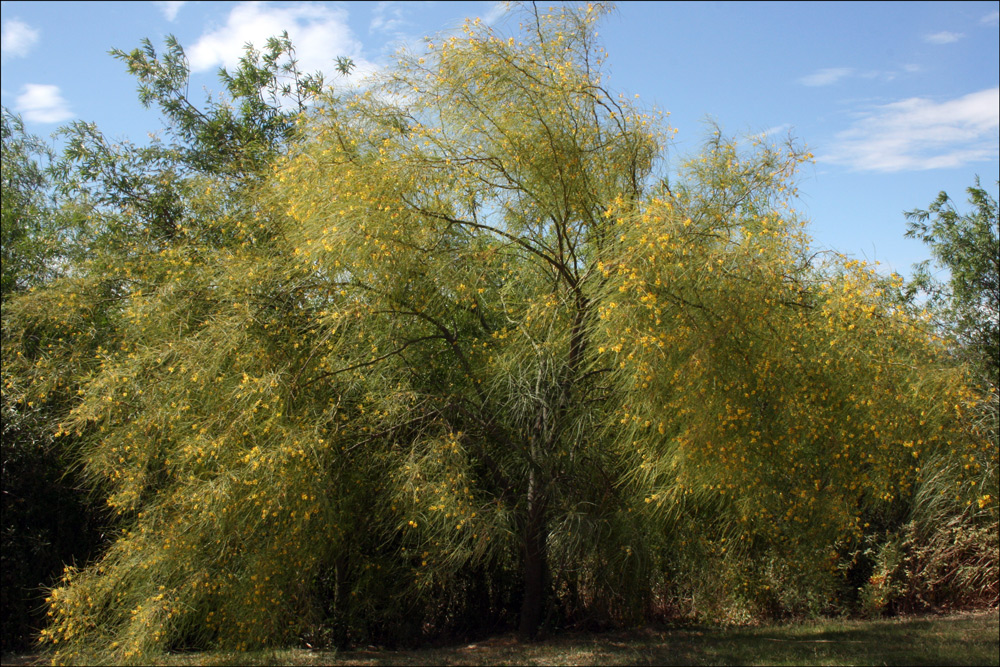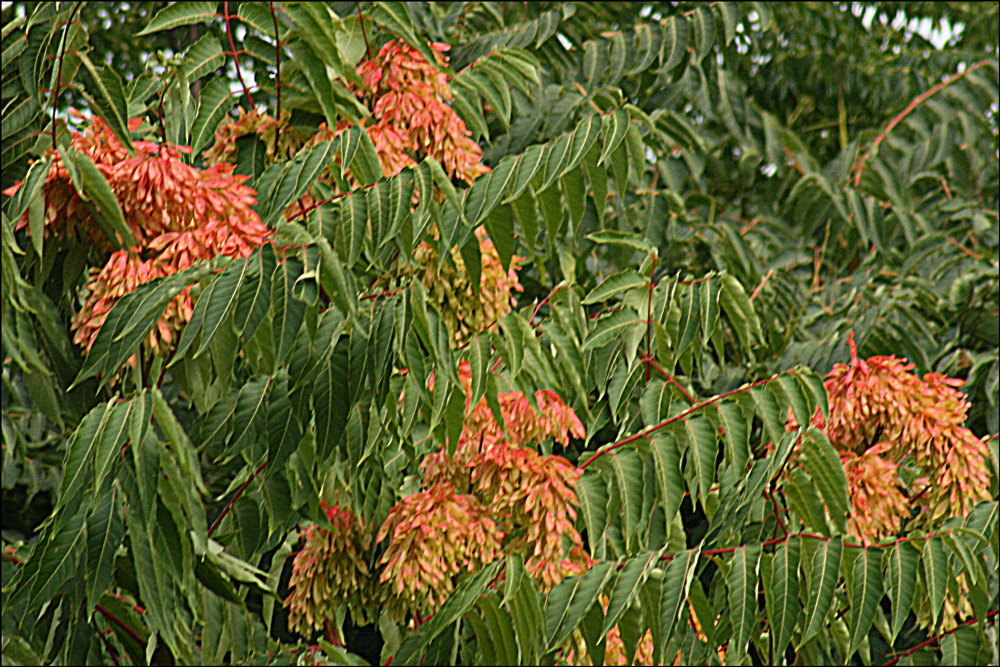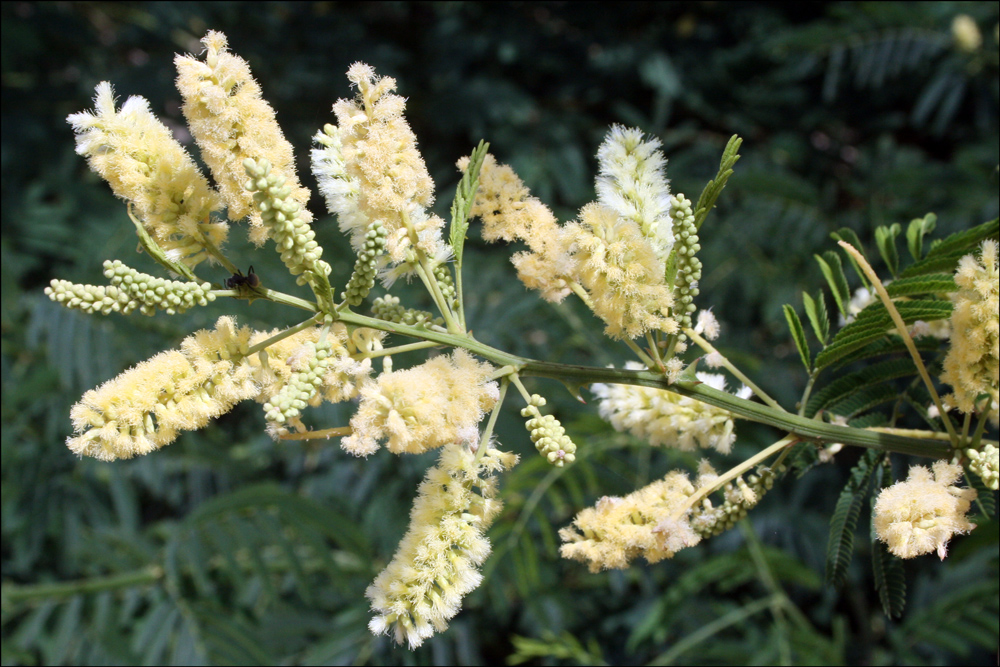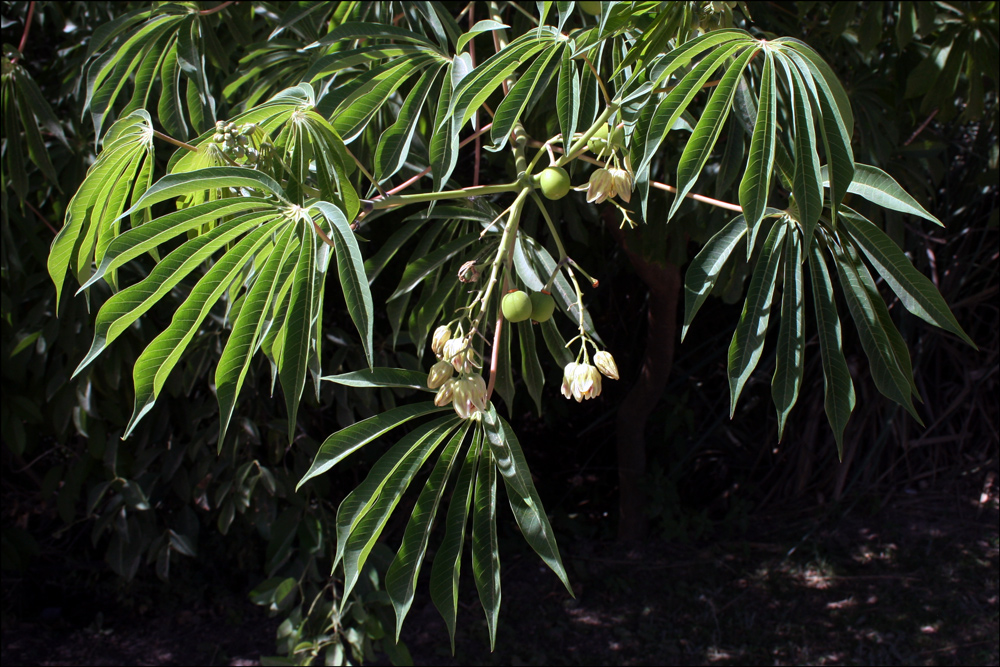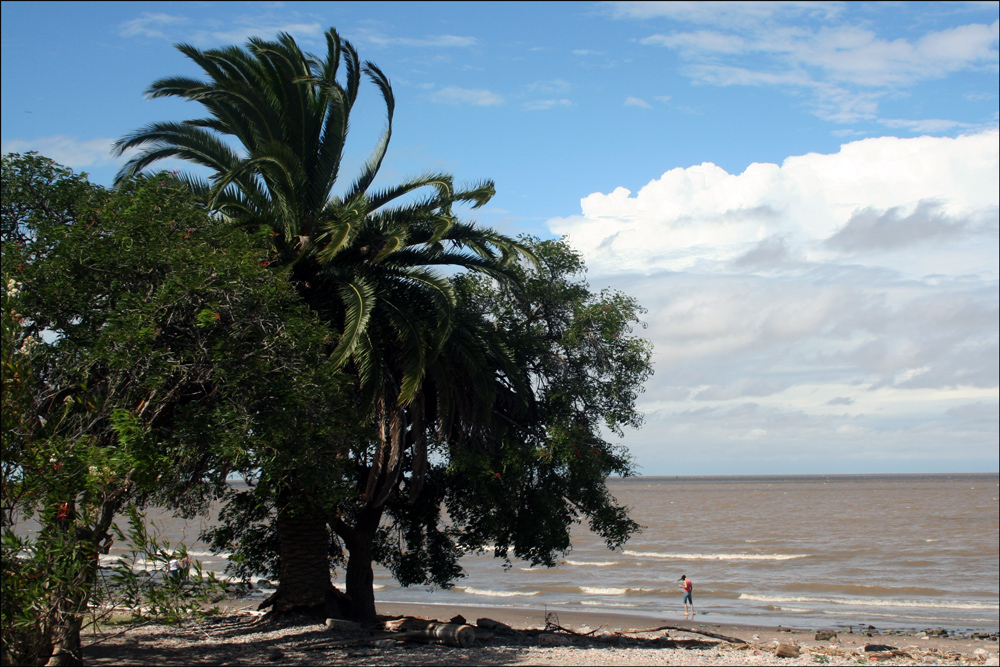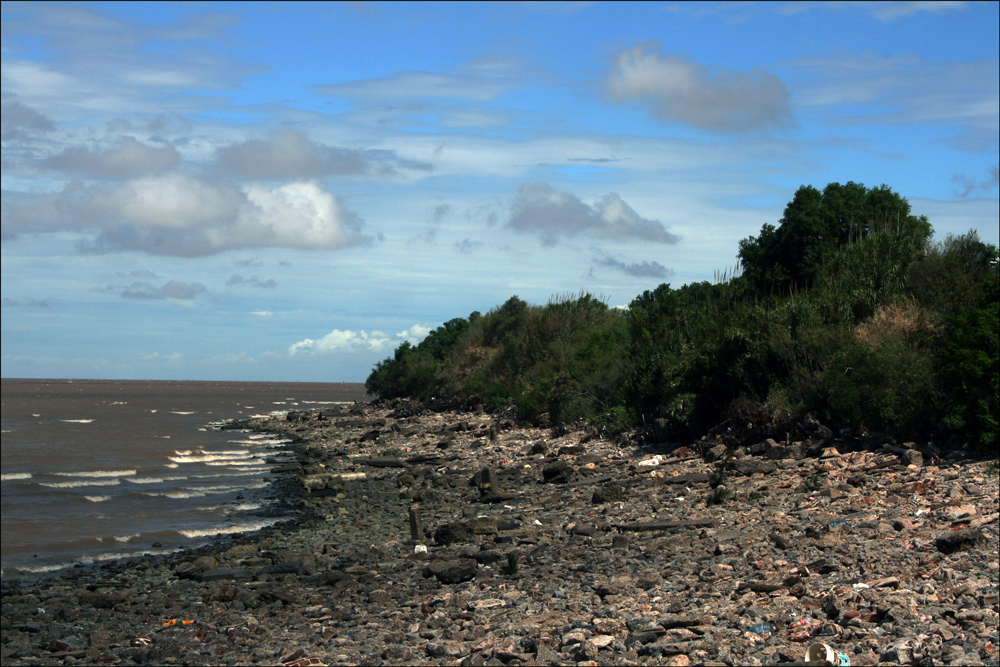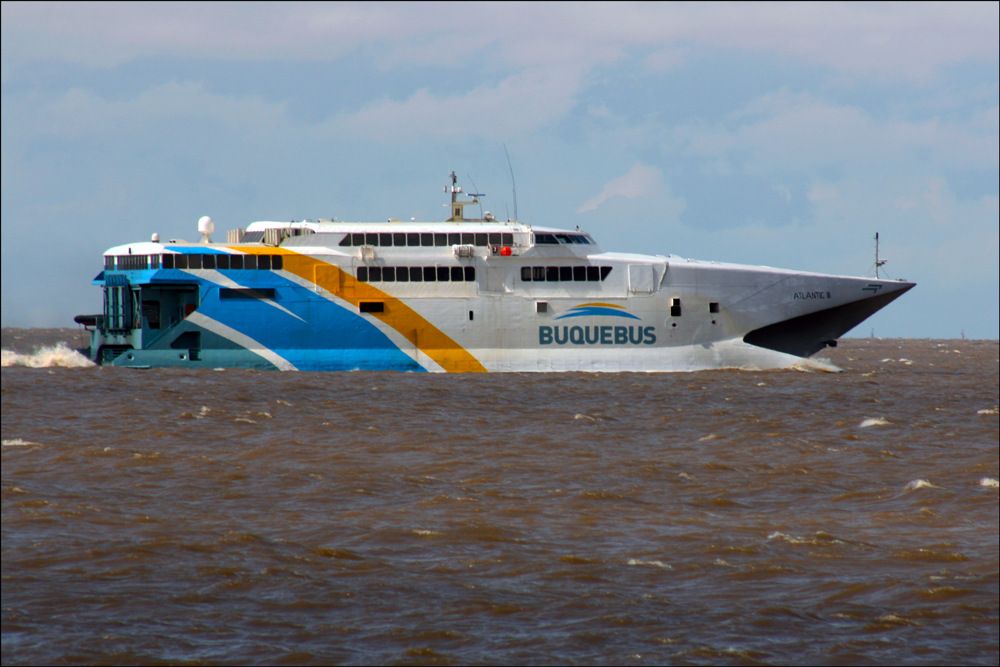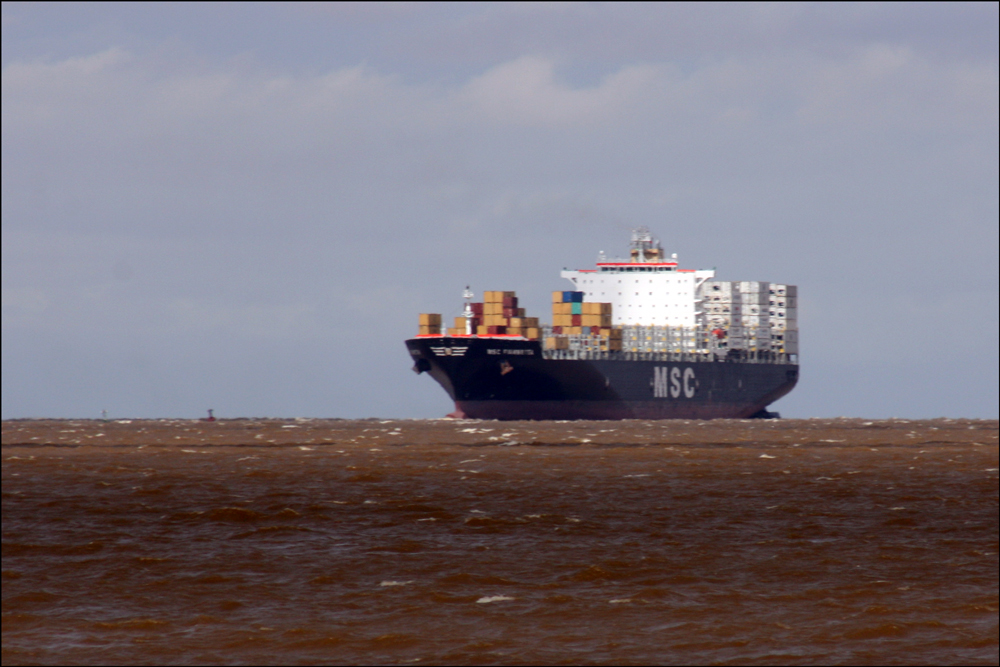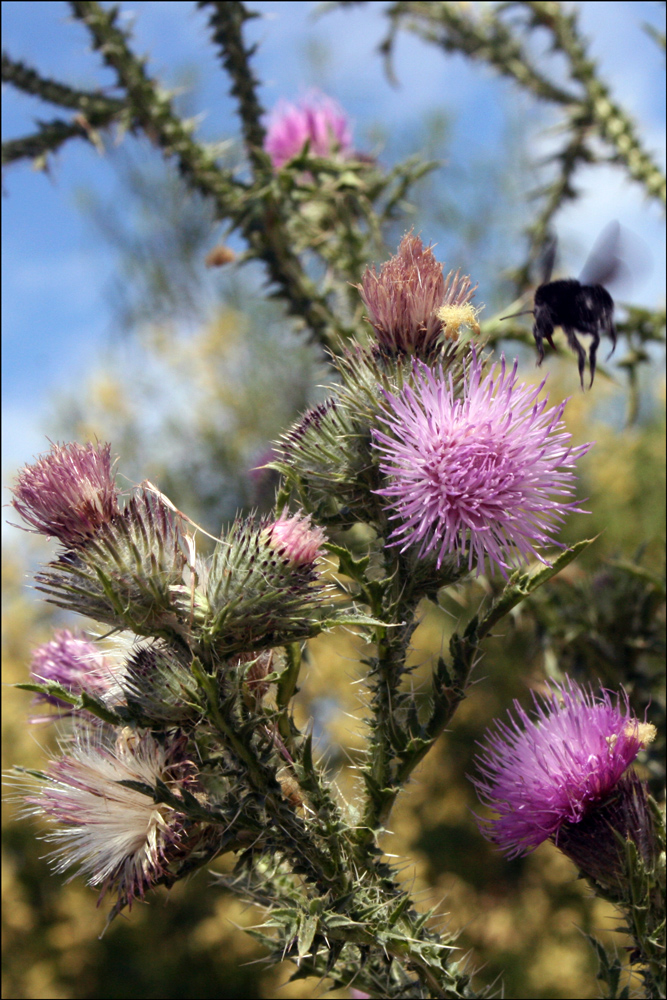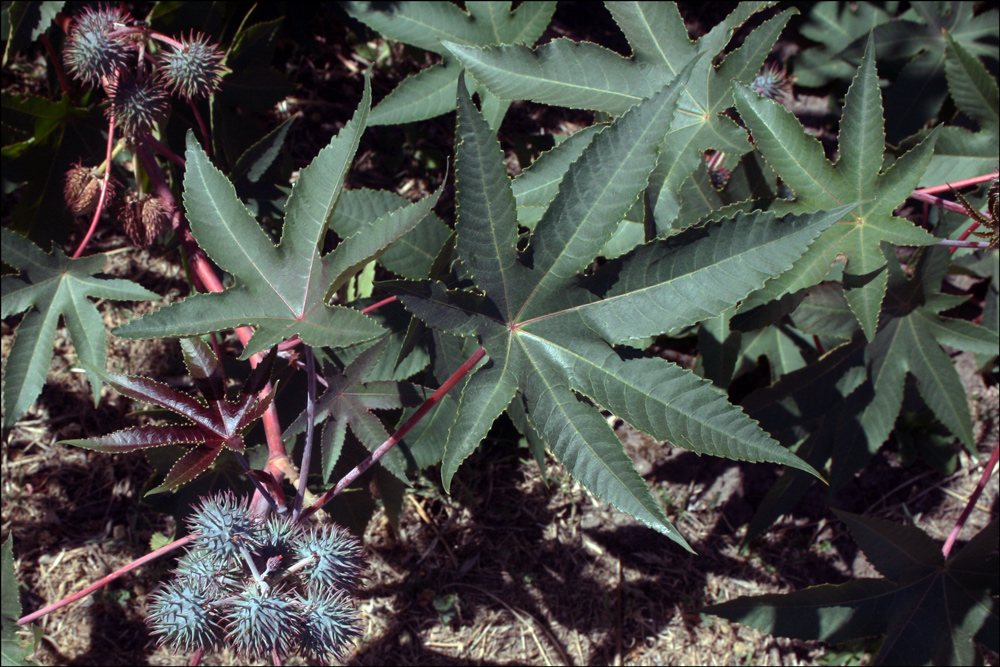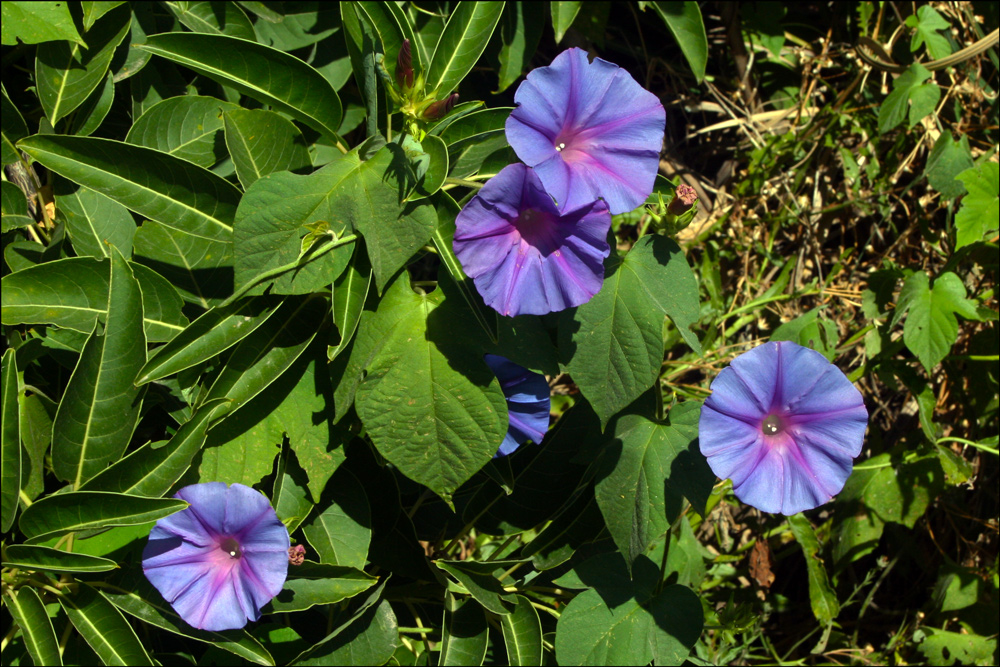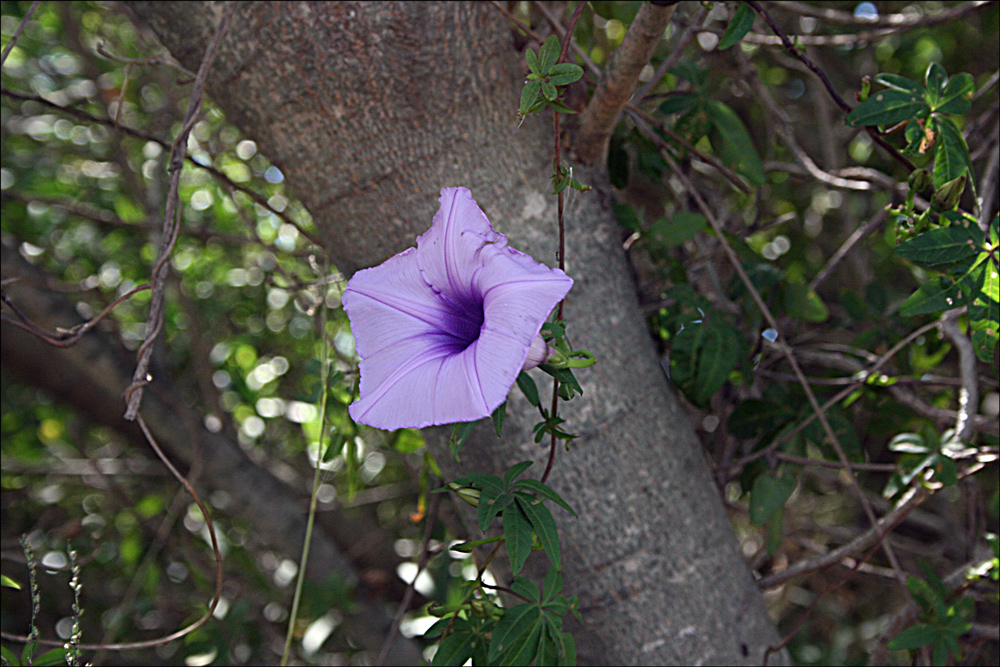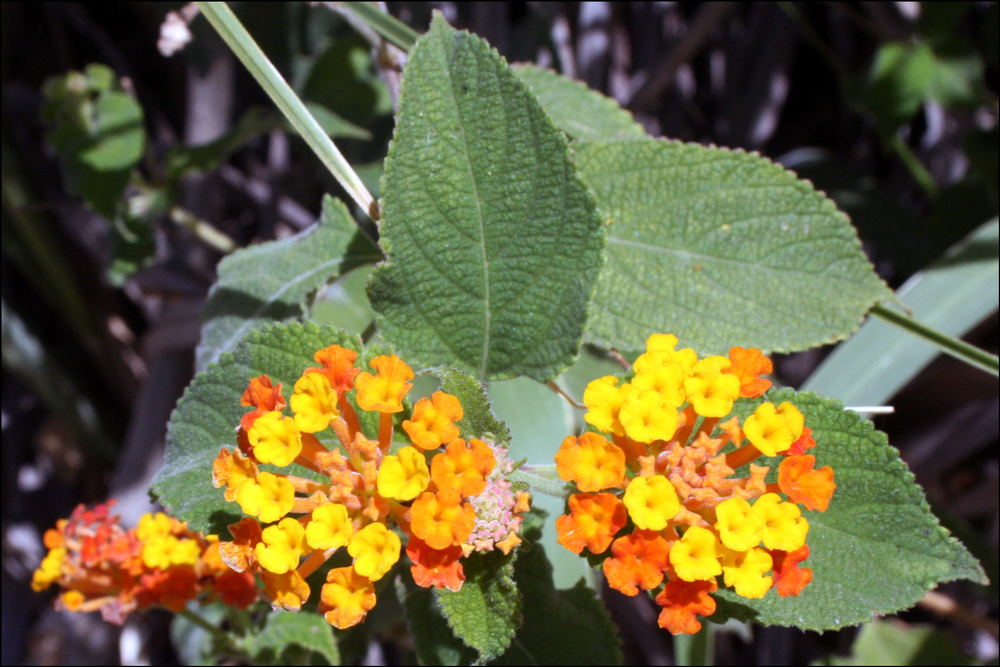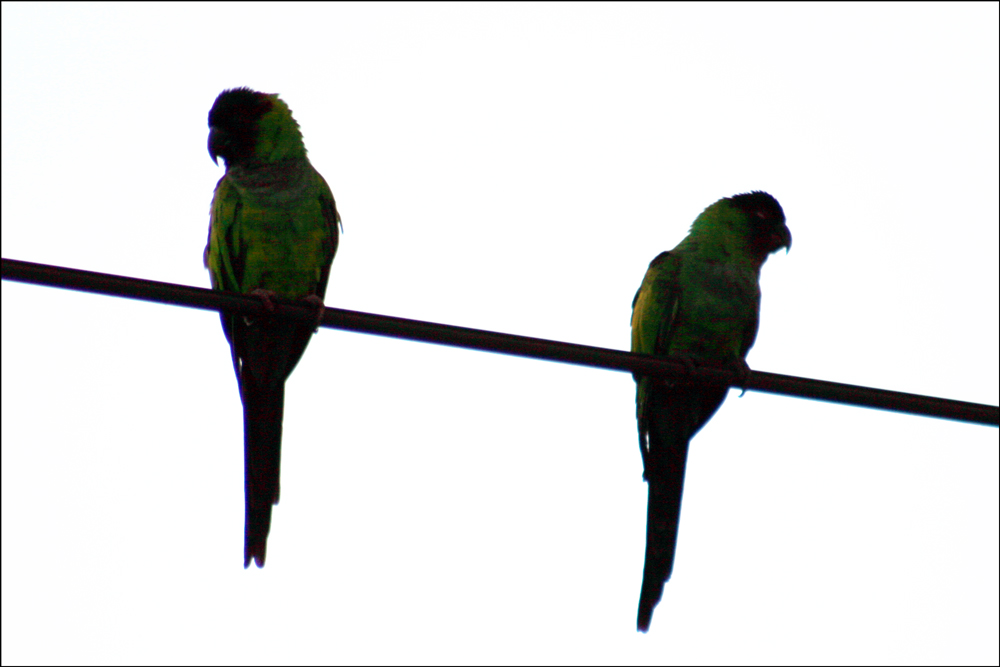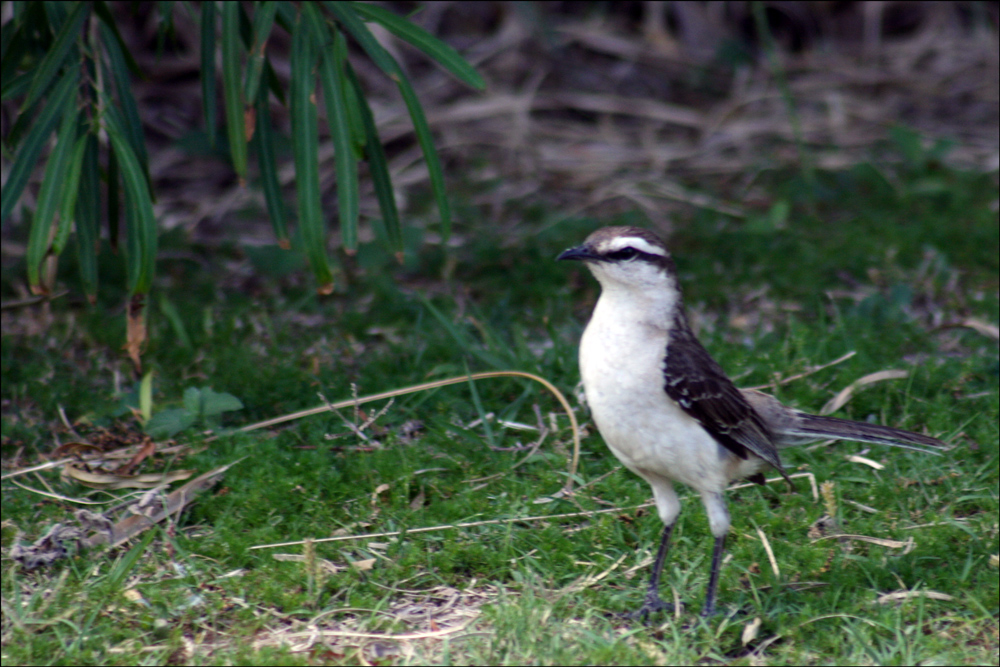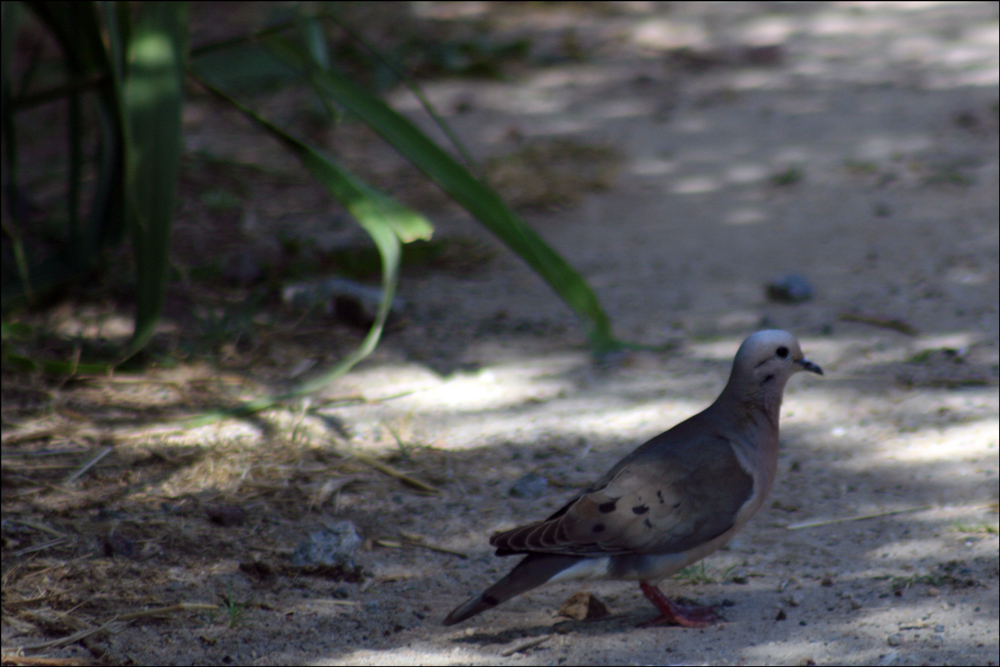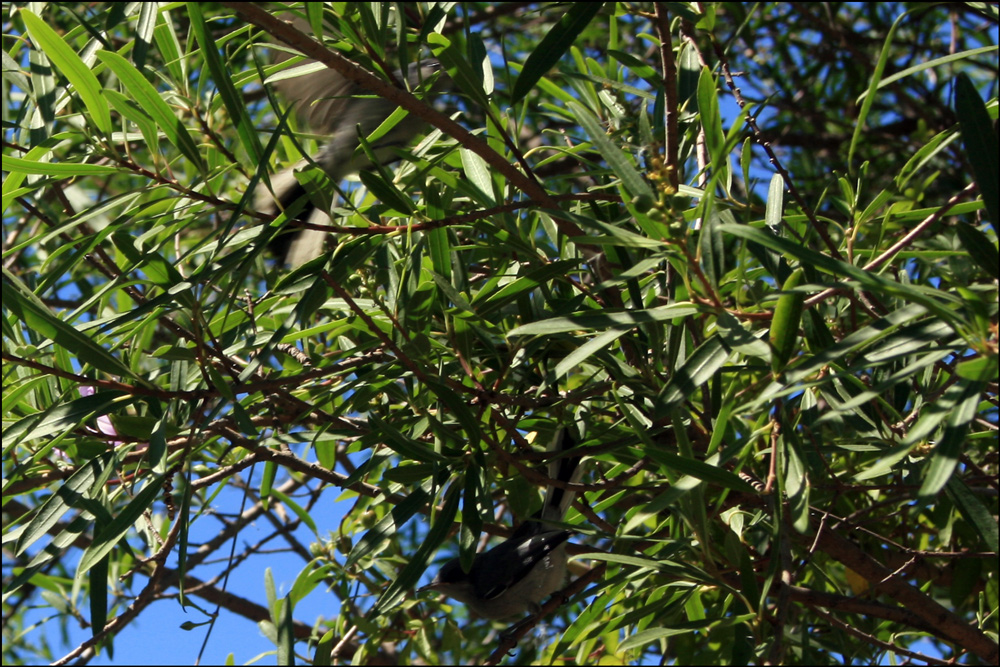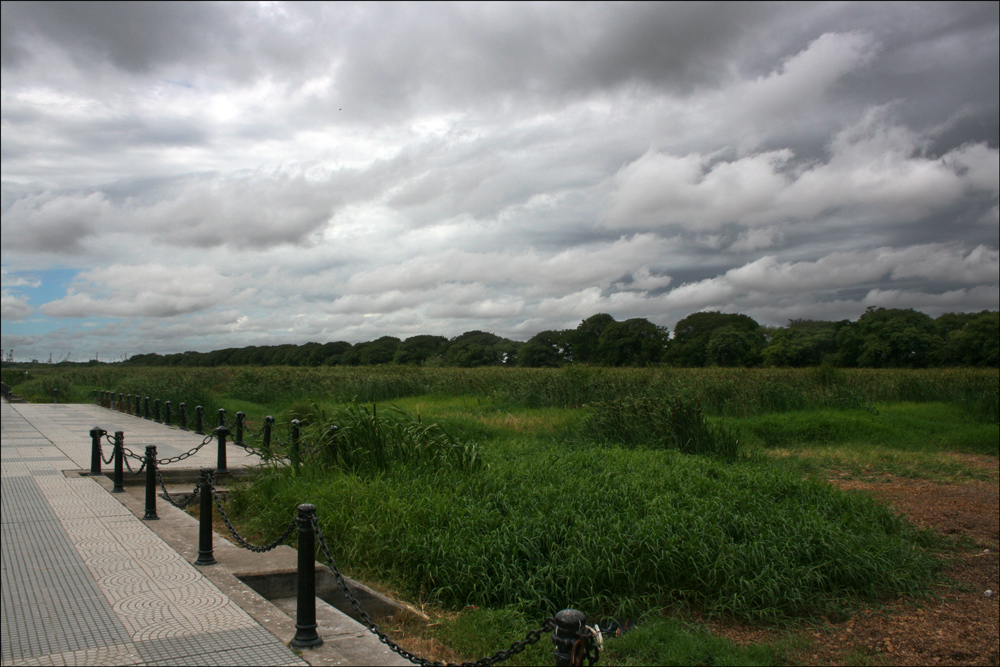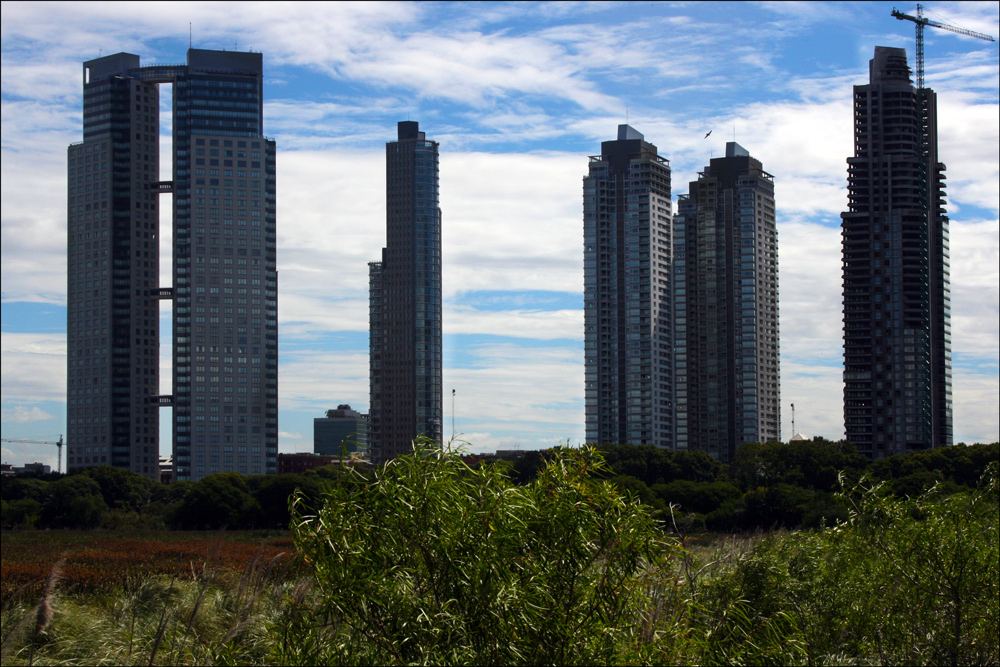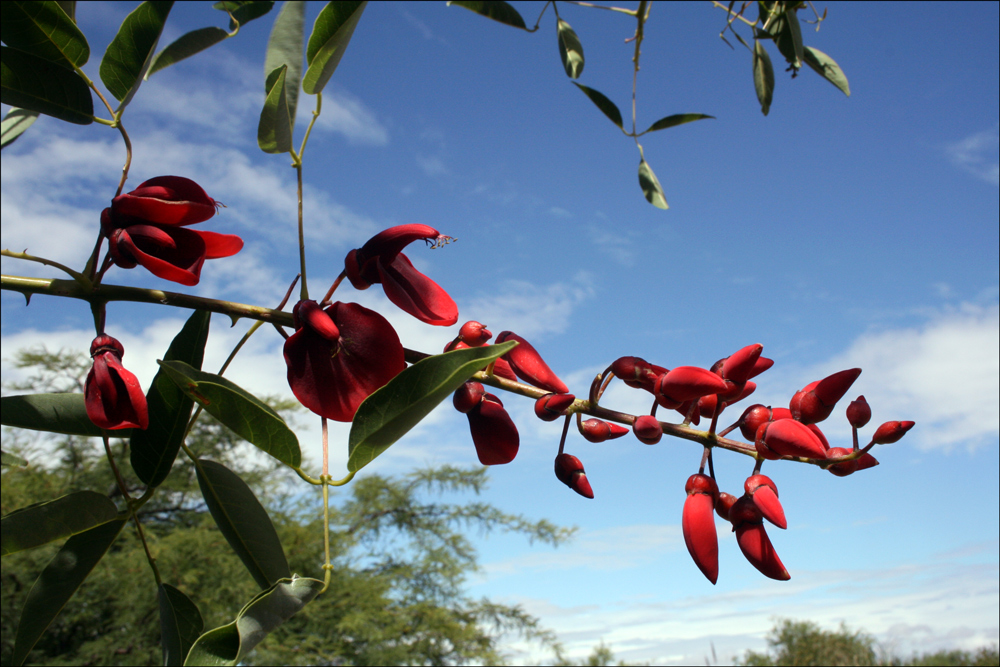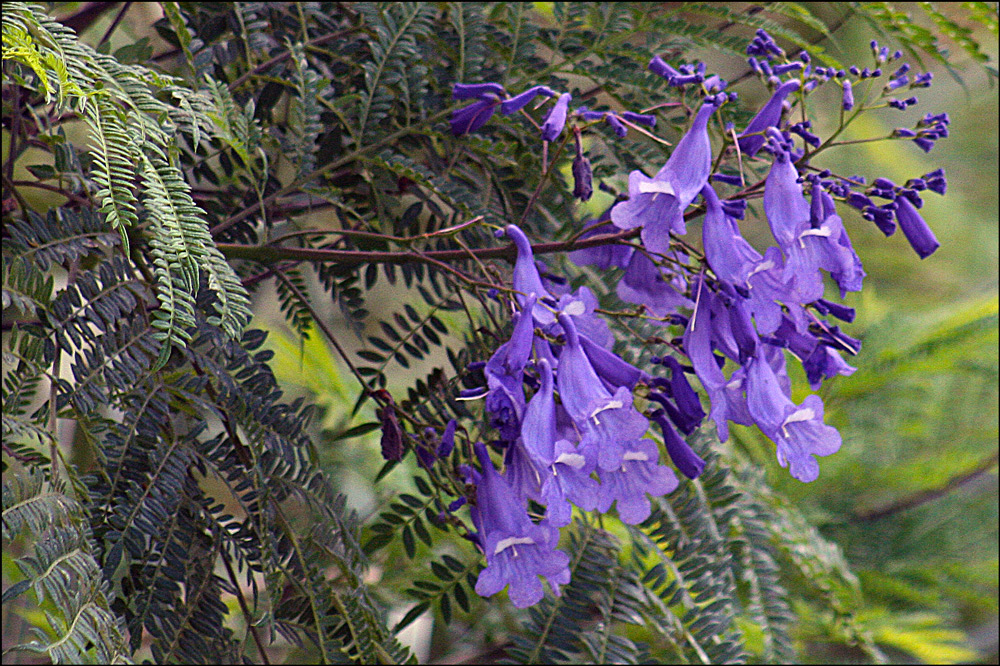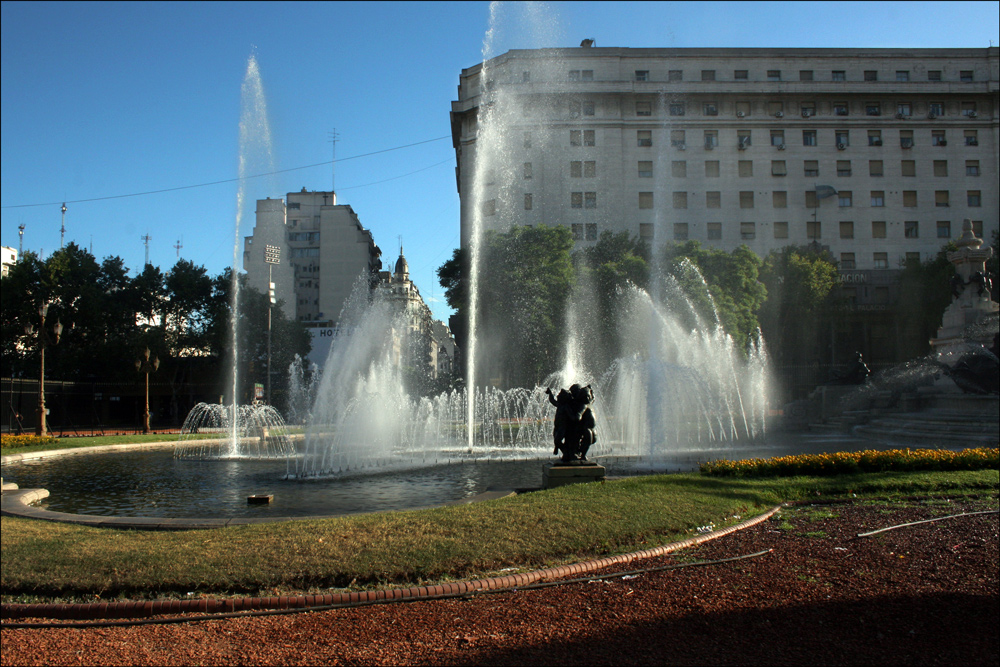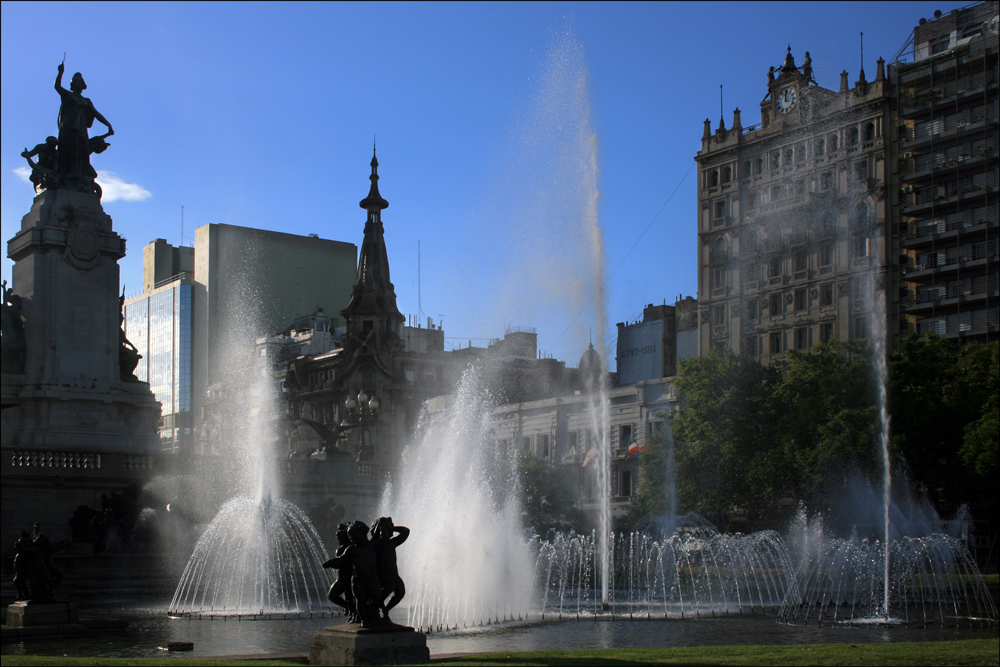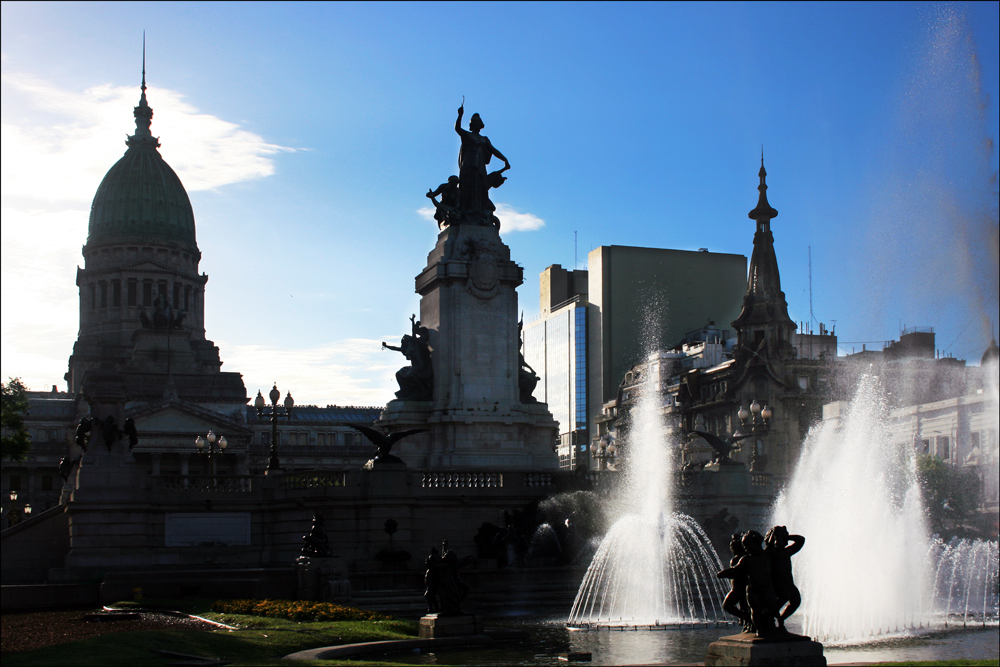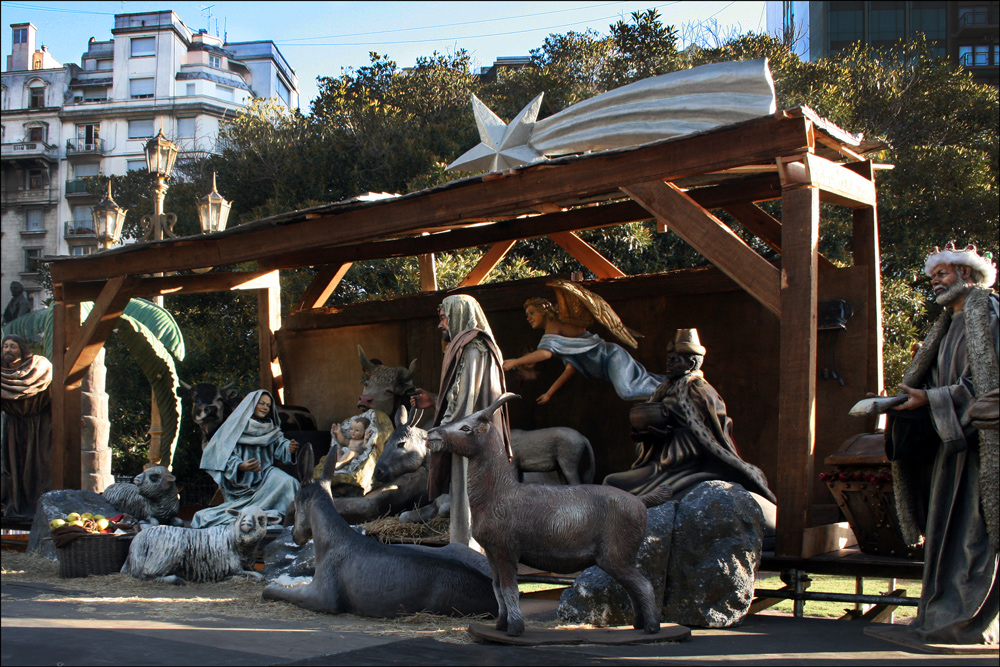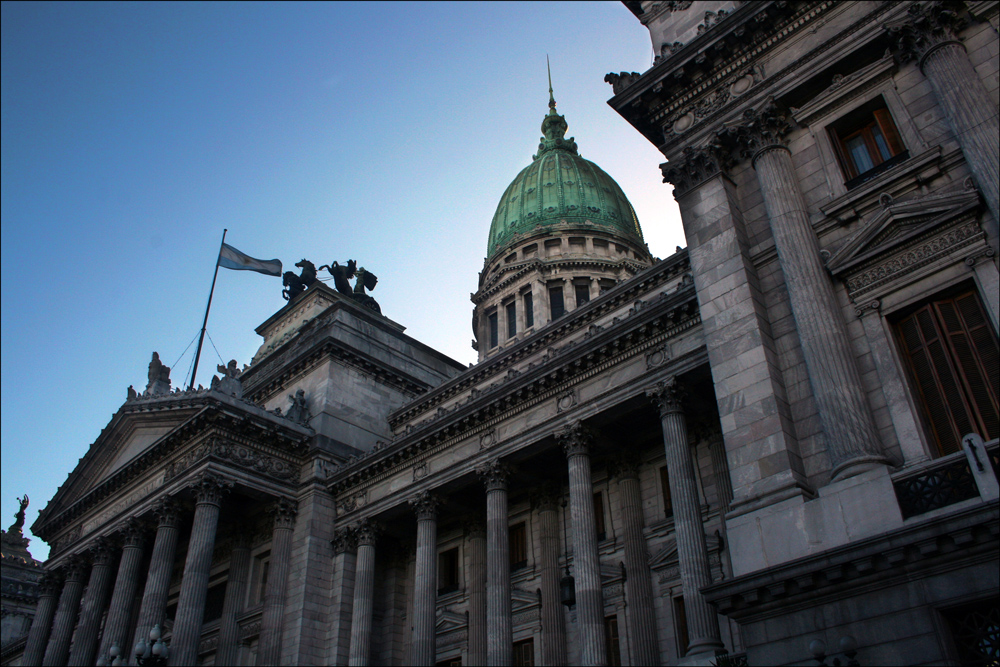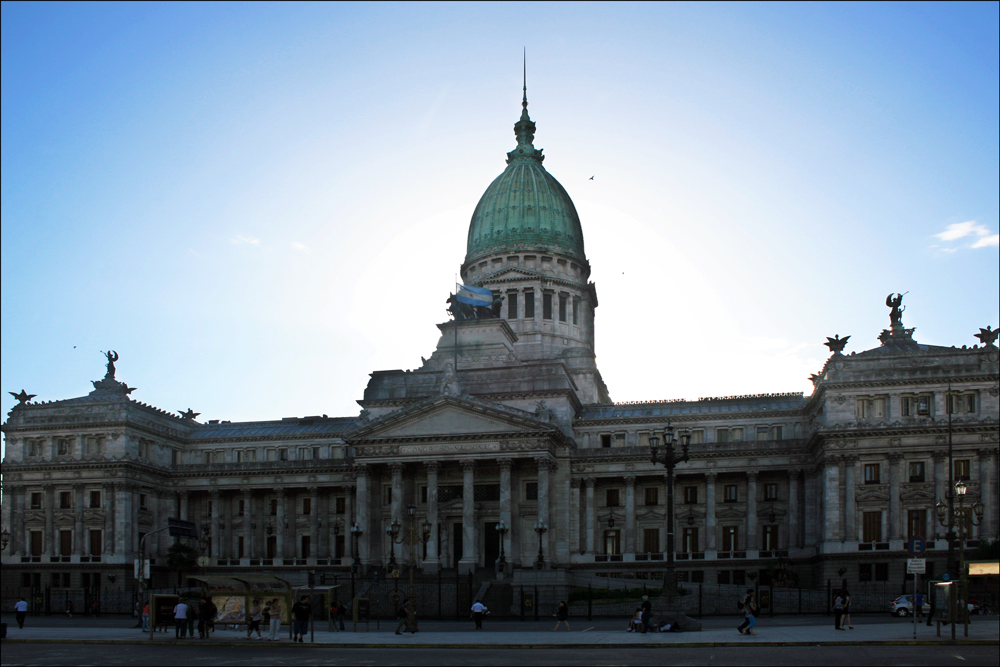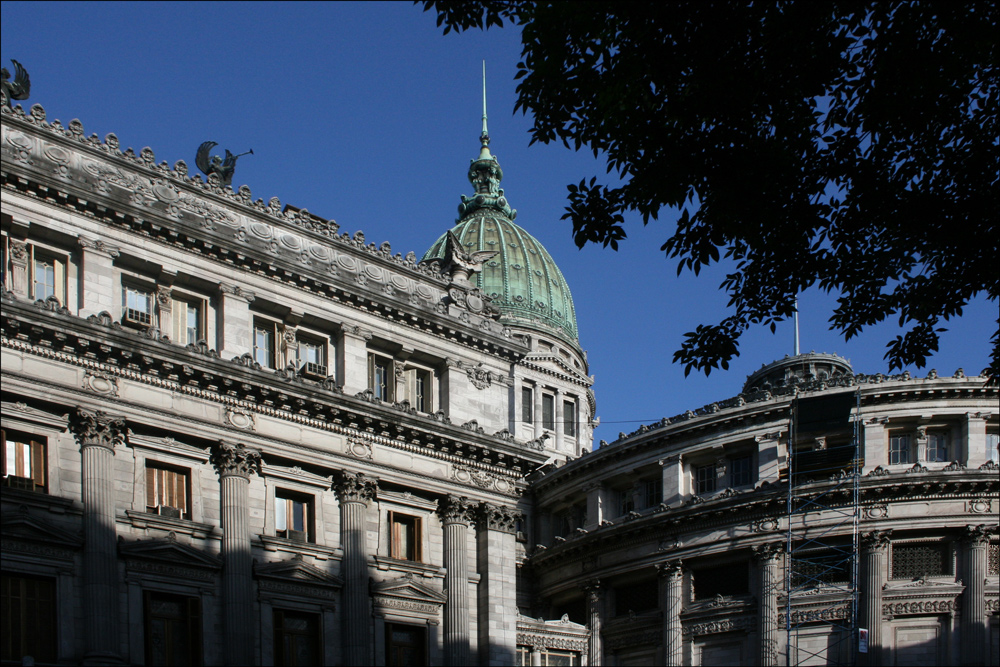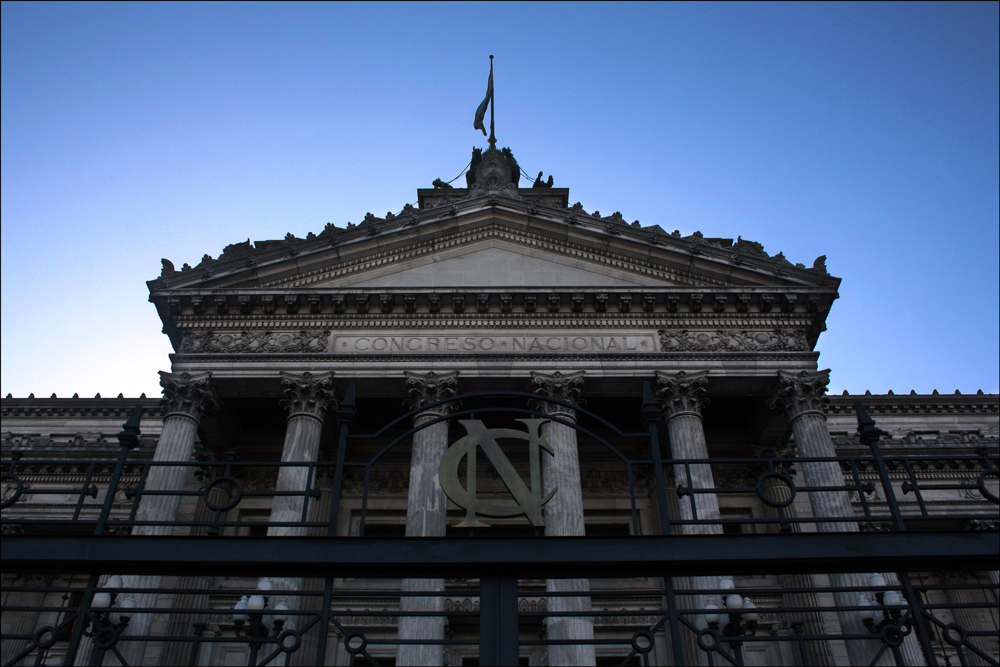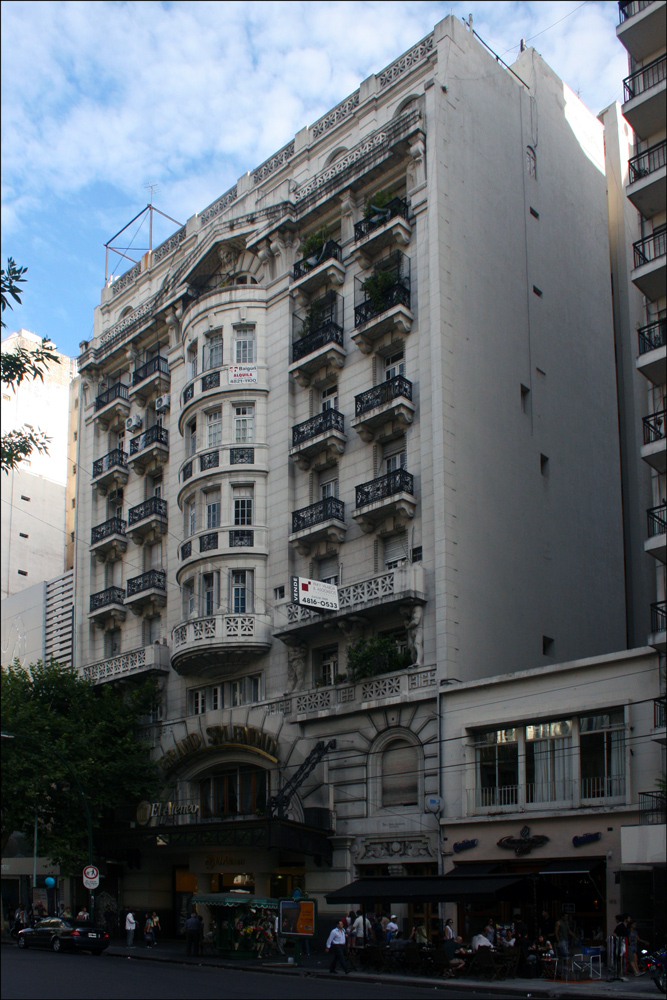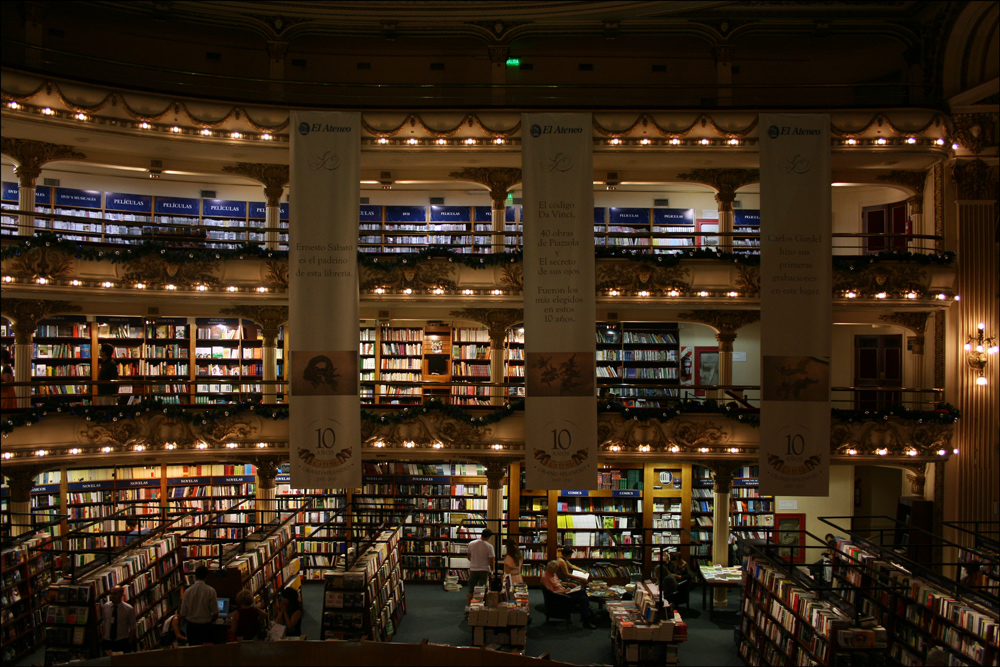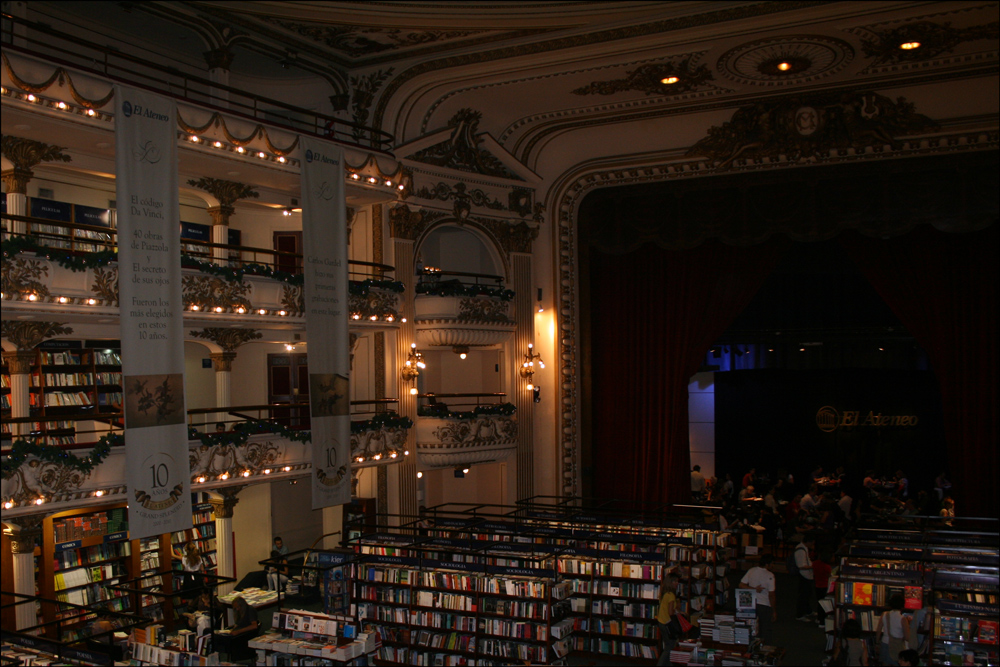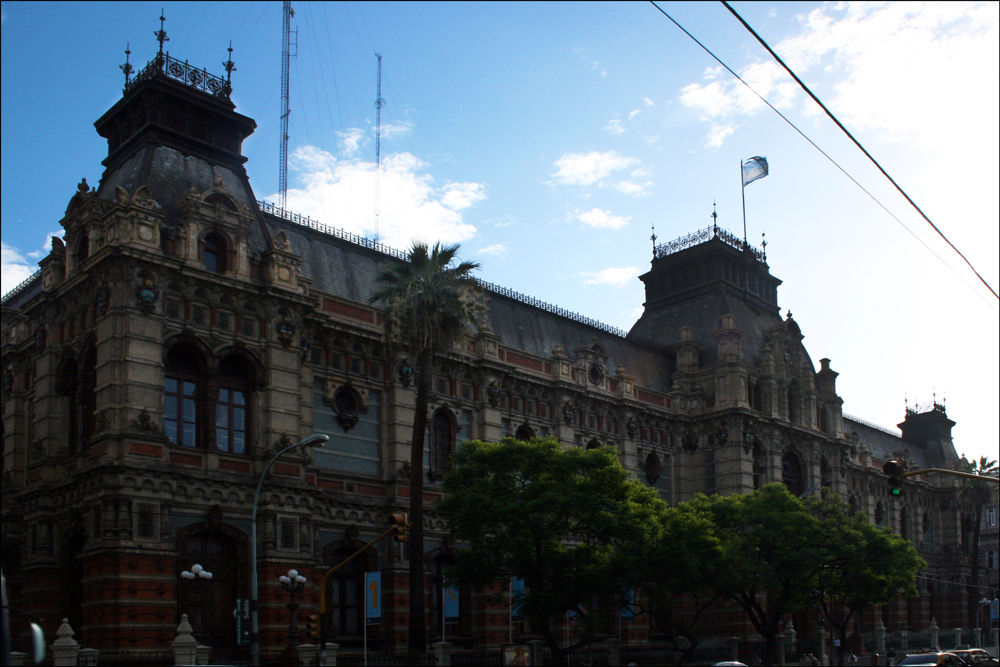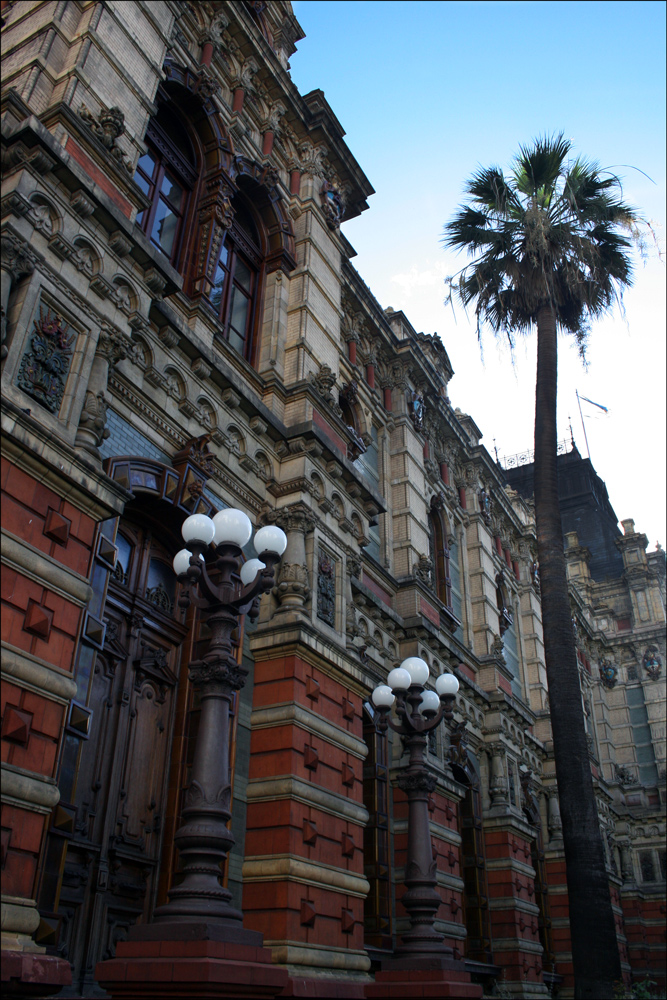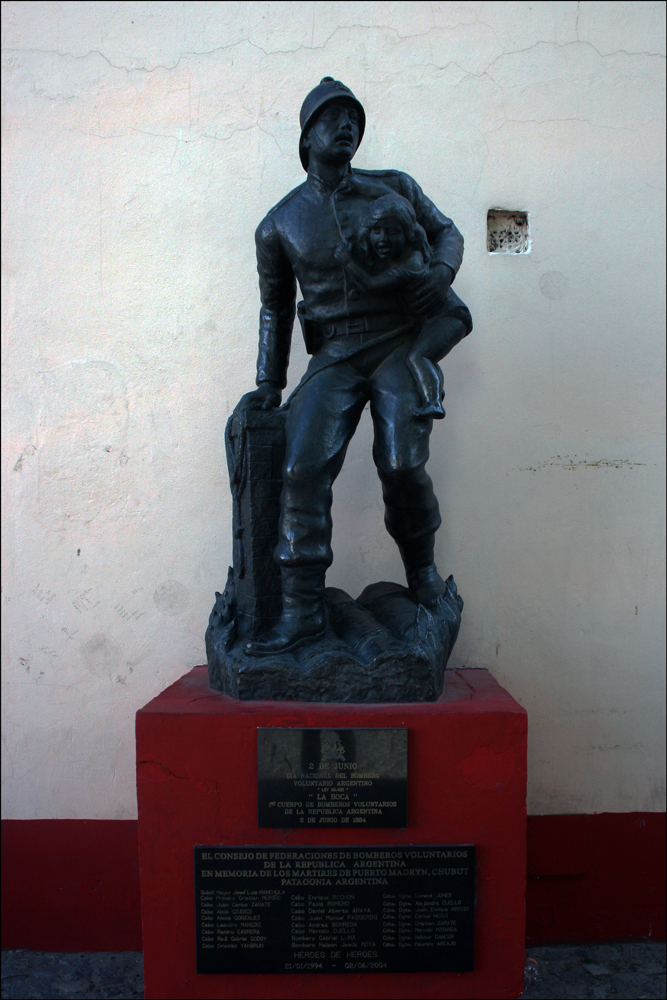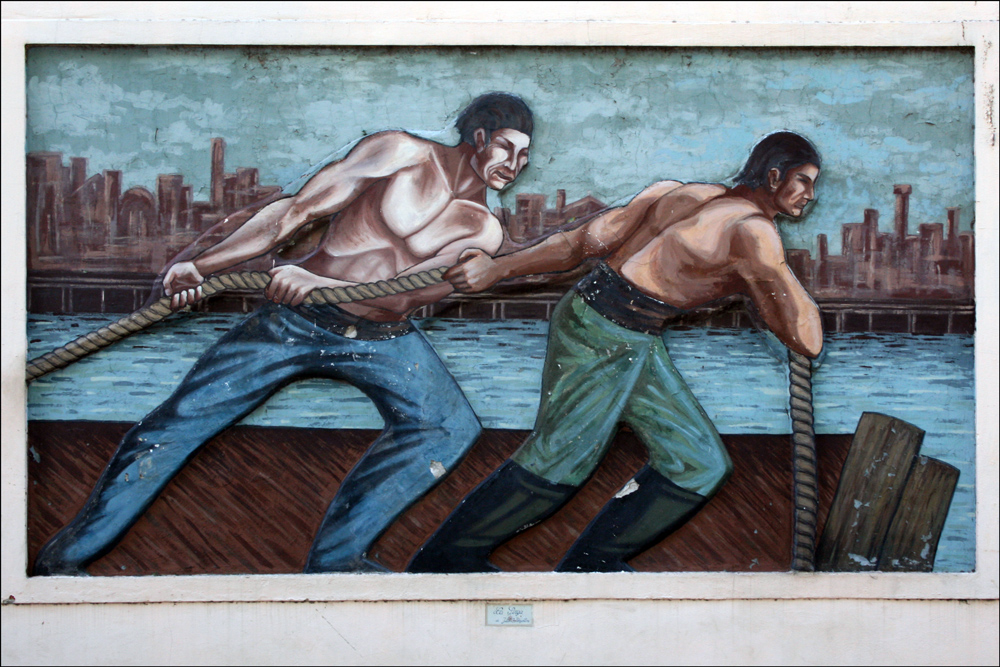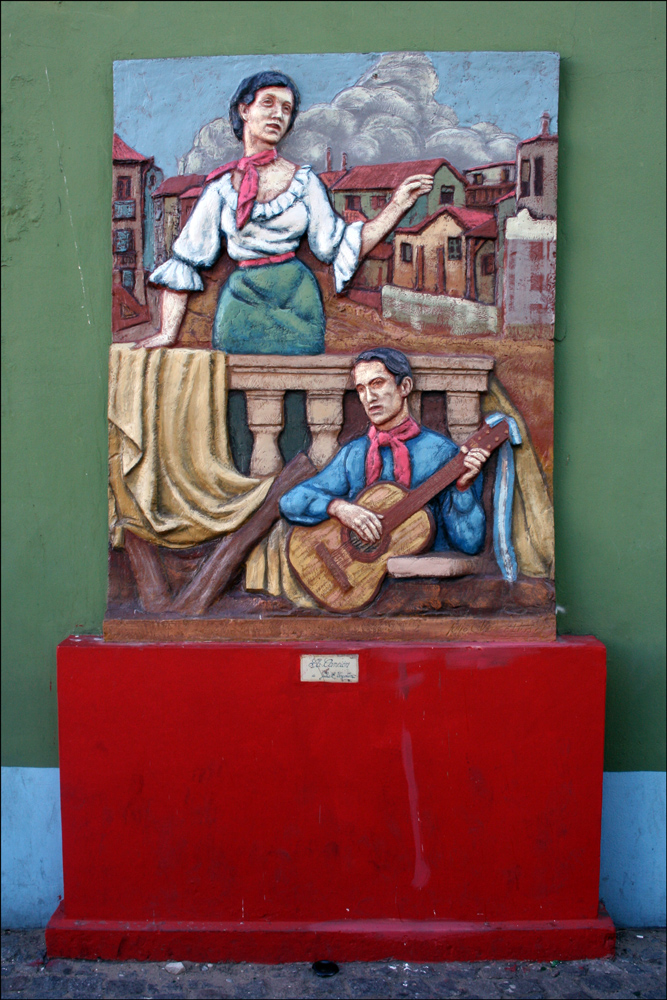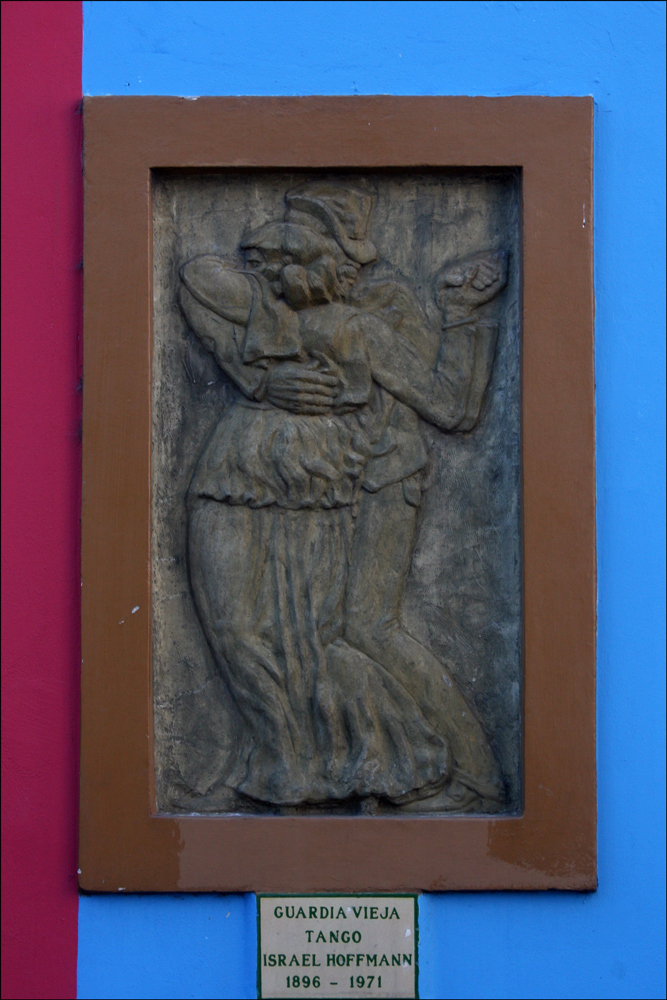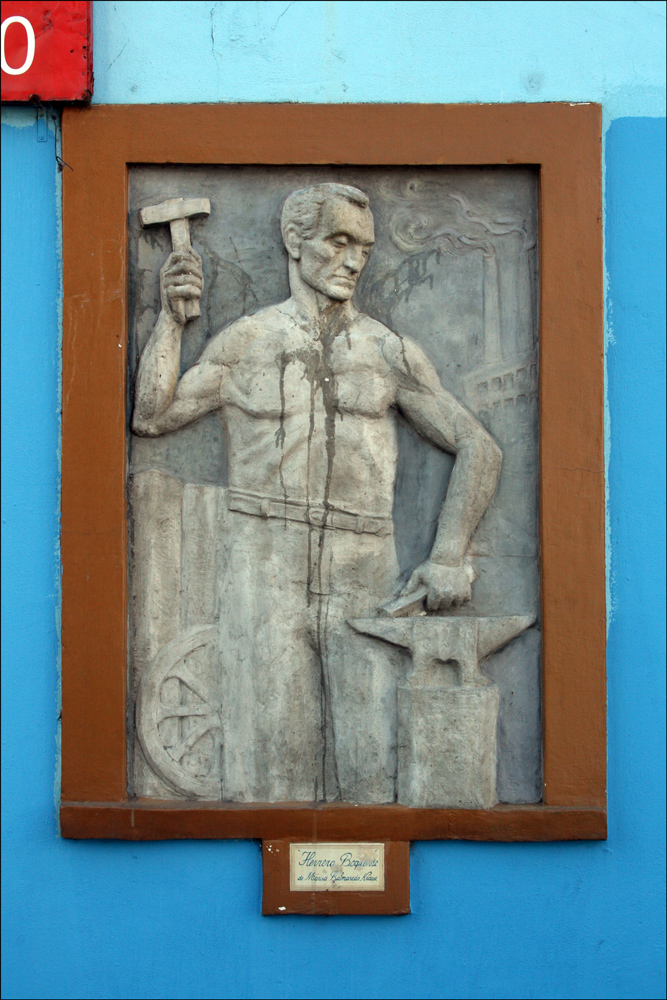The day I spent at Reserva Ecológica Costanera Sur (South Waterfront Ecological Reserve) was my last day in Buenos Aires . Shortly after returning to my hotel, I caught a cab to the airport . The cab driver tried to talk to me, but I know only a handful of words in Spanish (although I can speak some Portuguese) . About a third of the way to the airport, I had a horrible realization .  I had left my passport in the hotel safe! I excitedly told the cab driver (speaking in Portuspanglish) that I had to go back to the hotel and get my passport and, surprisingly, he understood me! Fortunately, I was able to get back to the hotel, retrieve my passport, and reach the airport in plenty of time to catch my flight home . For this wrap-up of my trip, I have a few miscellaneous photos to share . The first photo is of Puente de la Mujer (Women’s Bridge) so-called because several of the streets in the Puerto Madiero neighborhood where the bridge is located are named for women . To the left of the bridge is the Argentine naval vessel ARA Presidente Sarmiento, built in 1897 and named for the seventh president of Argentina . The second photo is of Museo de Cabildo in the Microcentro of Buenos Aires . Genealogists would love to visit Museo de Cabildo (the old Town Hall) because it contains maps that date from the early 1700s . The existing building is only a remnant of the original . Twice in history, portions of the Cabildo were removed to make way for modern construction . The third photo shows Caesalpinia gillesii (Yellow Bird of Paradise), one more plant in Reserva Ecológica Costanera Sur . The last photo was one of my last glimpses of Reserva Ecológica Costanera Sur, and shows a meadow of Typha sp. (Cattails) . With that, I say goodbye to Buenos Aires with sweet memories of her warm, sunny days and cool, starry nights.
Puente de la Mujer (Women’s Bridge)
SOURCE: Puente de la Mujer (Women’s Bridge) (Buenos Aires, Argentina), photographed by Stephen J. Danko on 30 Dec 2010.
Museo de Cabildo
SOURCE: Museo de Cabildo (Buenos Aires, Argentina), photographed by Stephen J. Danko on 30 Dec 2010.
Caesalpinia gillesii (Yellow Bird of Paradise)
SOURCE: Caesalpinia gillesii (Yellow Bird of Paradise) (Buenos Aires, Argentina), photographed by Stephen J. Danko on 04 Jan 2011.
Meadow of Typha sp. (Cattails)
SOURCE: Meadow of Typha sp. (Cattails) (Buenos Aires, Argentina), photographed by Stephen J. Danko on 04 Jan 2011.
Copyright © 2011 by Stephen J. Danko

